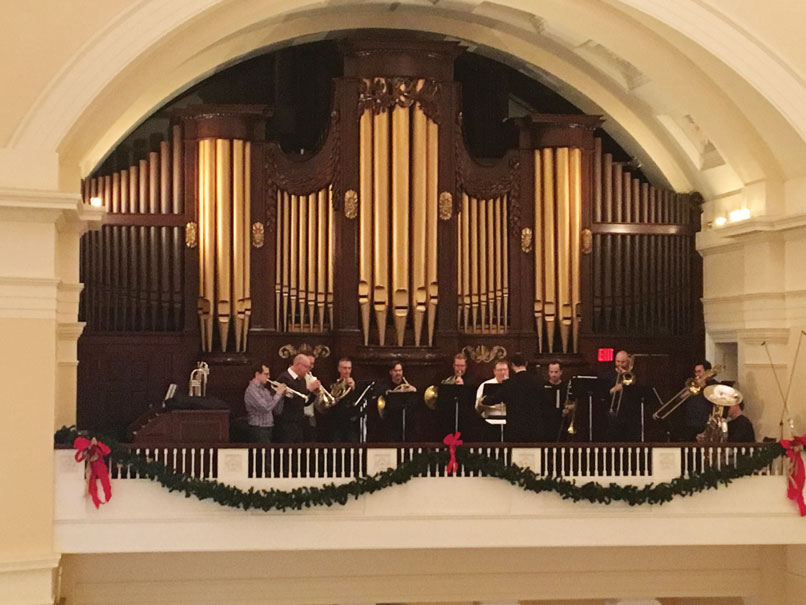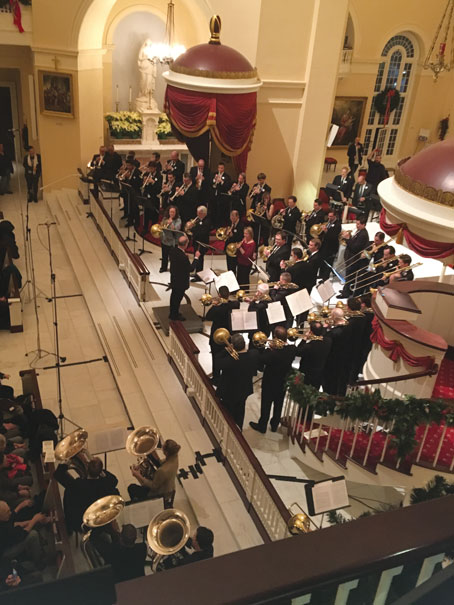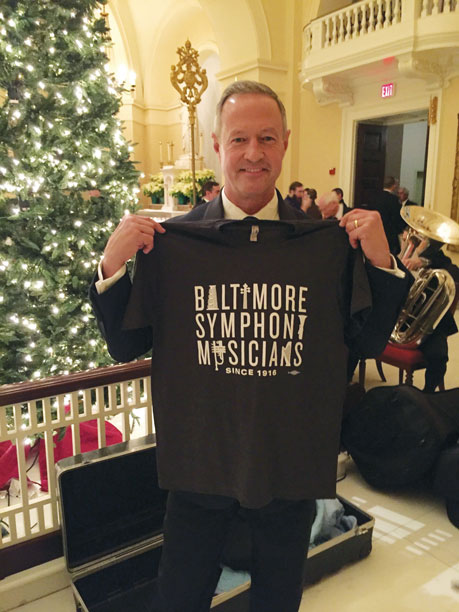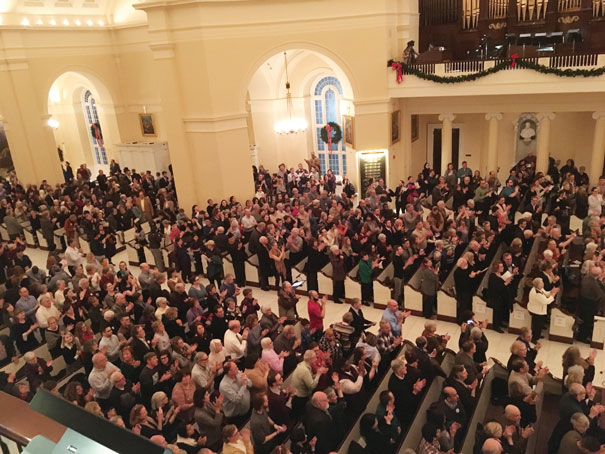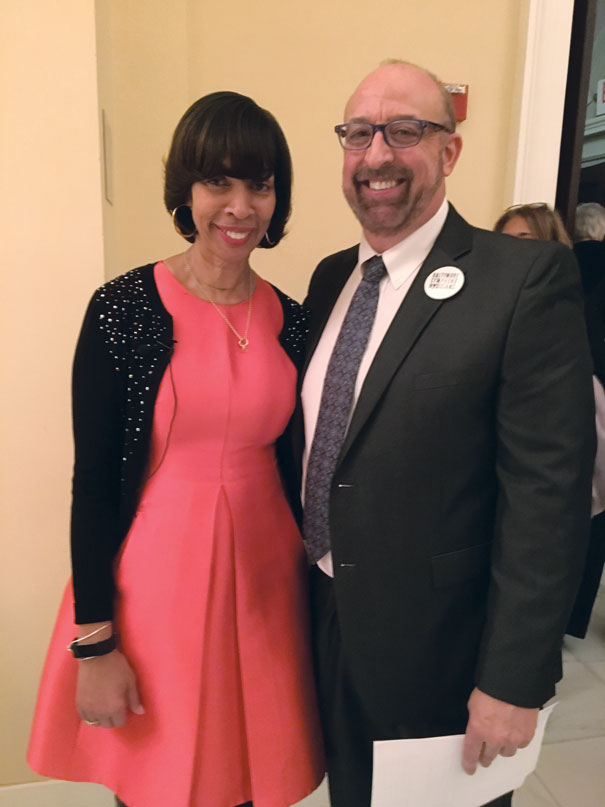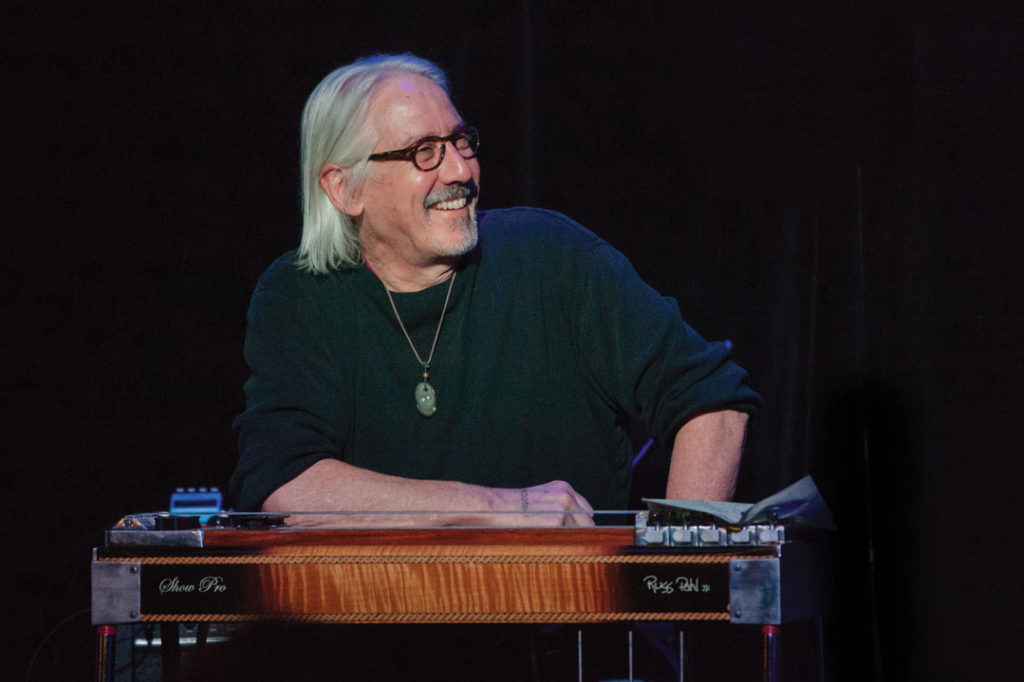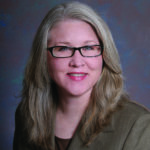Both the Minnesota Orchestra and St. Paul Chamber Orchestra have announced balanced budgets for their 2017-2018 fiscal years. Musicians from both orchestras are represented by Local 30-73 (Minneapolis-St Paul, MN).
In Minneapolis, Minnesota Orchestra ended the fiscal year in the black, with its budget of $36.7 million. The orchestra drew audiences averaging 91% of concert hall capacity and enjoyed a successful fundraising year as well, adding 1,000 new donors to its ranks. Artistic highlights included domestic tours and tours abroad to London and South Africa, as well as a Grammy Award nomination.
St. Paul Chamber Orchestra balanced its $10.2 million budget. With a focus on attracting younger audiences, the orchestra saw 10% more school-age concertgoers at its performances, attributed to a continuing policy of providing free student tickets. A record number of unique households attended St. Paul Chamber Orchestra concerts. Donations from individuals also reached an all-time high. In February 2018, the orchestra won a Grammy Award for its recording of Death and the Maiden.



